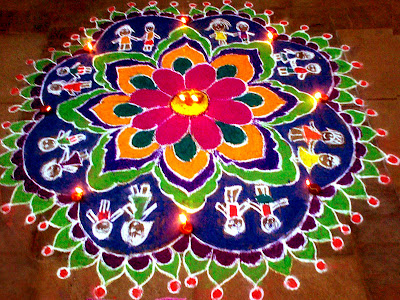Abul Fazl wrote the work between 1590 and 1596 and is thought to have been illustrated between c. 1592 and 1594 by at least forty-nine different artists from Akbar's studio.
The work was commissioned by Akbar, and written by Abul Fazl, one of the Nine Jewels (Hindi: Navaratnas) of Akbar’s royal court. It is stated that the book took seven years to be completed and the original manuscripts contained a number of paintings supporting the texts, and all the paintings represented the Mughal school of painting, and work of masters of the imperial workshop, including Basawan, whose use of portraiture in its illustrations was an innovation in Indian art.
After Akbar's death in 1605, the manuscript remained in the library of his son, Jahangir (r. 1605-1627) and later Shah Jahan (r. 1628-1658). Today, the illustrated manuscript of Akbarnma, with 116 miniature paintings, is at the Victoria & Albert Museum. It was bought by the South Kensington Museum (now the V&A) in 1896 from Mrs Frances Clarke, acquired by her husband upon his retirement from serving as Commissioner of Oudh (1858-1862). Soon, after the paintings and illuminated frontispiece were removed from the volume to be mounted and framed for display.























